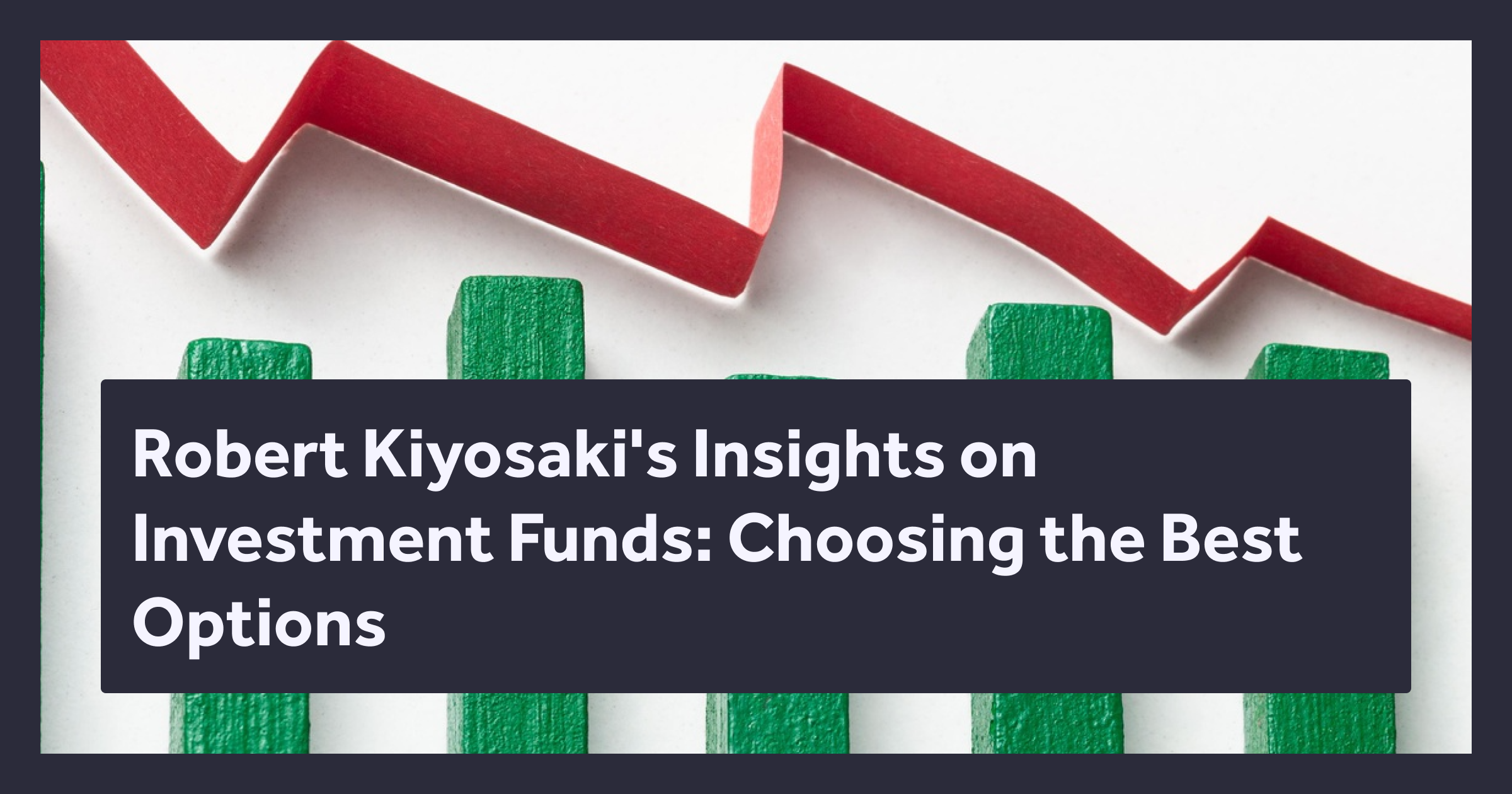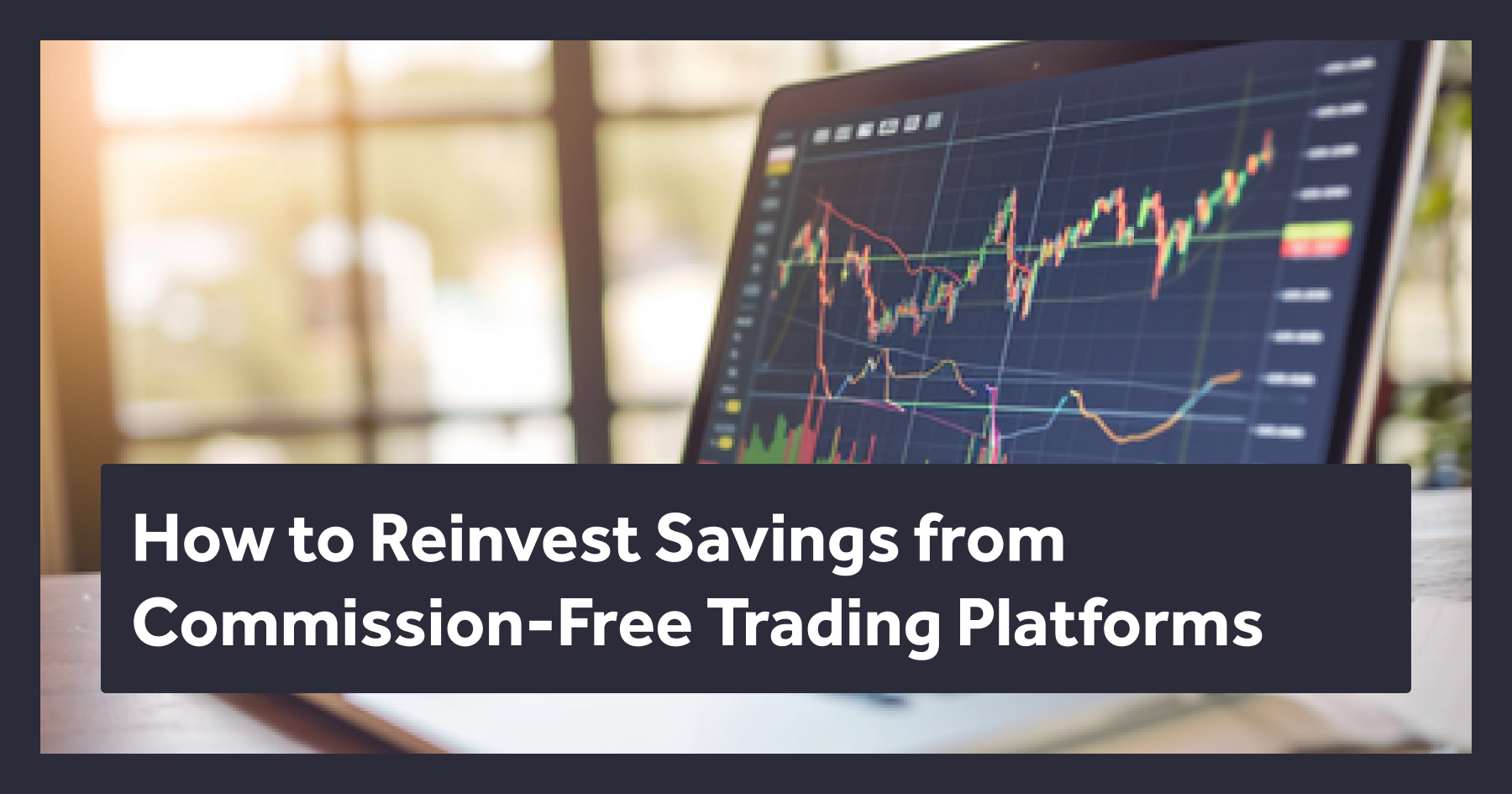
When faced with diversifying an investment portfolio, investors often contemplate the resilience of various assets during economic fluctuations. Among precious commodities, gold vs diamond is one of the most debated options.
This analysis delves into comparing gold and diamond investments, examining their market trends, longevity, and overall performance.
Market Trends and Longevity
Investors weighing their options in the tangible asset market often consider gold and diamonds, with gold known for its protective role in volatile economies and diamonds celebrated for their stable value increase spurred by strong consumer interest.
Gold Investment Landscape
Historically, investors have viewed gold as a safe haven, often rising in value over time despite economic uncertainty. The precious metal has experienced significant price fluctuations, influenced by central bank buying, inflation, geopolitical tensions, and currency fluctuations.
For instance, between 2008 and 2012, the value of gold increased notably, with a 101.1% surge in the Producer Price Index (PPI) for gold. Moreover, gold's investment return reached almost 25% in 2020, highlighting its potential for substantial gains during specific periods.
According to historical data, Gold's average annual returns have been around 7% to 11% over the past 50 years. Despite these impressive figures, the rate of return was 0.44 percent in 2022. Gold's price increased 11.72% since the beginning of 2023, indicating a recent uptick in its market value.
Gold's performance as one of the most valuable precious metals must also be evaluated in the context of the broader investment landscape. As of December 2022, U.S. stocks averaged a 10-year return rate of 12.44%, while gold had a rate of 0.92%.
Diamond Investment Outlook
Diamond prices are much more stable due to the unique characteristics of diamonds, primarily consisting of 99.5% carbon, and the labor-intensive process required for their transformation into jewelry. The diamond market is projected to grow significantly, with an expected surge of $40 billion from 2022 to 2027, at a Compound Annual Growth Rate (CAGR) of 8.04%.
Diamonds have seen a 14% average price increase since 1960. This steady growth results from the high demand for diamond jewelry, especially in emerging markets. The jewelry & ornaments segment accounted for 98% of the revenue share in 2022, with natural diamonds dominating the market with a revenue share of 94.5%.
Unique Characteristics of Gold vs Diamond Investments
Gold's allure is deeply rooted in its history as a symbol of wealth and as a foundation for the gold standard in global finance. Its physical properties, including malleability and conductivity, make it a valuable resource in various applications.
In the investment world, gold is often considered a protective asset against inflation and currency devaluation, and central banks widely recognize it as a critical component of national reserves.
While not traditionally used as a currency, diamonds possess a unique appeal that surpasses their industrial uses. Their rarity, particularly for high-quality, large, and colored diamonds, adds to their value.
Impact of the Stock Market
The relationship between the stock market and precious commodities like pure gold and diamonds can be inversely correlated. Investors often turn to gold investing during stock market downturns due to its perceived status as a safe haven asset. This can increase demand and higher gold prices when equities perform poorly.

Diamonds, however, do not typically experience the same level of market-driven demand fluctuations as gold. Their value is more closely tied to consumer demand for jewelry, which can be influenced by economic factors like disposable income but is not directly linked to stock market performance.
Resilience During Economic Fluctuations
The solidity of an investment gets tested during economic downturns and market volatility. Gold's historical performance shows that it has served as a hedge against inflation and a fallback in times of financial distress.
For instance, the dramatic increase in Gold's value during the Great Recession and its strong returns in 2020 underscore its potential to preserve wealth when other assets falter. However, gold price volatility can range between 10% and 20% within a year based on various factors.
Diamonds have also demonstrated stability, with their prices remaining relatively insulated from economic downturns. Compared to gold, their lower price volatility in the range of 5% to 7% annually is often seen as a benefit for investors looking for a more predictable investment.
Investment Considerations
When comparing gold vs diamond investments, there are several crucial factors to consider:
- Market Liquidity: Gold is often more liquid than diamonds. You can sell gold jewelry, bars, and coins relatively more easily on the market. In contrast, selling a diamond ring or other diamond jewelry may take longer, and the resale value can be significantly lower than the retail price due to the subjective nature of diamond valuation.
- Tangible Asset Value: Both commodities are tangible assets but differ in intrinsic value. Gold is a precious metal used in various industries beyond jewelry, such as electronics and aerospace, contributing to its inherent value. Diamonds, while also used industrially, are primarily prized for their aesthetic value in jewelry.
- Volatility and Risk: Gold is subject to market volatility, with prices that global economic factors and investor sentiment can influence. Though less volatile, diamonds carry their own risks, such as the potential for market saturation with lab-grown diamonds.
- Market Accessibility: You can invest in gold through various channels, including purchasing physical gold, gold ETFs, or mutual funds. Unlike gold, buying diamonds typically involves dealing with jewelers or auction houses, requiring a more hands-on approach.
However, Diamond Standard has recently developed the world's first and only regulator-licensed diamond commodities. Each diamond Coin or Bar has an equal set of natural diamonds in addition to a wireless chip that contains a blockchain token for trading. Institutions and investors can now build positions in the diamond asset class.

In the following section, we will explore further investment advice, the impact of the stock market on these commodities, and delve into the unique characteristics of both gold and diamonds that influence their role as part of a diversified investment portfolio.
Continuing from where we left off, the intricacies of investing in gold and diamonds require a closer examination of additional factors that can influence the decision-making process for investors.
The Role of Gold and Diamonds in a Diversified Investment Portfolio
Gold and diamonds each bring unique characteristics to an investment portfolio.
Gold offers high liquidity and has historically been a safe haven during periods of economic uncertainty. It is a highly liquid asset, making it easier for investors to convert to cash when needed. Gold's role as a tangible asset with a history of maintaining value over time can provide peace of mind for investors looking to preserve wealth.
Diamonds offer a combination of aesthetic enjoyment and investment potential. These precious gems can be worn and valued as a physical asset—a unique advantage over other investment options. High-quality diamonds can retain or increase in value over time, making them worthwhile for long-term investors.
Investment Advice for Gold and Diamond Investors
If you're considering gold or diamonds, you must weigh your personal investment goals against the attributes of each commodity. In the past, investors seeking a highly liquid asset tended to go for gold as the preferred choice.
However, with diamond commodities now being traded instantly on the high-liquidity Diamond Standard Spot Market, investors looking for a physical commodity with a stable price may find that diamonds hold significant appeal.
Although gold and diamonds can contribute to a diverse investment portfolio, they should not be the sole methods for building wealth. Professional advice from financial planners, investment advisors, or professional networks can be invaluable in making informed decisions tailored to individual financial situations.
Future Outlook and Considerations
The future of gold and diamonds as investment assets will continue to be shaped by global economic conditions, technological advancements, and shifts in consumer behavior.
The rise of lab-grown diamonds, for example, poses a potential challenge to the natural diamond market, although they currently hold a smaller market share. For gold, advancements in mining technology and changes in global monetary policy can impact its availability and desirability as an investment.

If you're considering investing in diamonds or gold, consider the environmental and ethical implications of mining for these precious resources. The growing awareness of sustainable and ethical sourcing can influence consumer preferences and, consequently, the value of these commodities. Thankfully, Diamond Standard ethically sources its stones worldwide before assembling them into tradable diamond commodities.
Which Is Better, Gold or Diamond?
Gold and diamonds each possess attributes that can make them resilient investments, albeit in different ways. Gold's history as a monetary metal and its role in investment portfolios is well-established, offering potential for wealth preservation and growth. Diamonds, while more niche as an investment, offer stability and the added benefit of personal enjoyment.
Consider your risk tolerance, investment horizon, and these assets' role in a broader investment strategy. Whether choosing gold bars, gold coins, a diamond jewelry box, or other forms of these precious assets, the key is understanding the market dynamics, seeking professional advice, and making informed decisions based on thorough research and a clear investment objective.
Ultimately, whether you opt for the traditional luster of gold or the sparkling allure of diamonds, your decision should be based on carefully considering the abovementioned factors. Both gold and diamonds have their place in commodity investing, and understanding their unique characteristics can help you decide on the best investment option for your portfolio.




